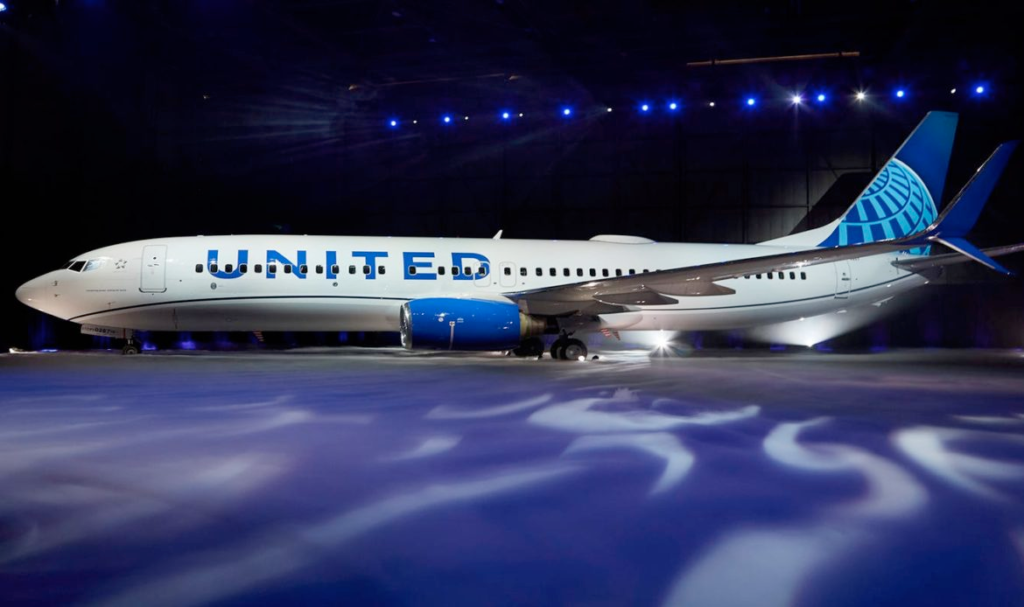CHICAGO, PRNewswire – United Airlines (Nasdaq: UAL) has announced the purchase of 270 new Boeing and Airbus aircraft – the largest combined order in the airline’s history and the biggest by an individual carrier in the last decade. The ‘United Next’ plan will have a transformational effect on the customer experience and is expected to increase the total number of available seats per domestic departure by almost 30%.
When combined with the current order book, United expects to introduce more than 500 new, narrow-body aircraft: 40 in 2022, 138 in 2023 and as many as 350 in 2024 and beyond. That means in 2023 alone, United’s fleet will, on average, add about one new narrow-body aircraft every three days.
United’s new aircraft order – 50 737 MAX 8’s, 150 737 MAX 10’s and 70 A321neo’s – will come with a new signature interior that includes seat-back entertainment in every seat, larger overhead bins for every passenger’s carry-on bag and the industry’s fastest available in-flight WiFi, as well as a bright look-and-feel with LED lighting. The airline expects to fly the first 737 MAX 8 with the signature interior this summer and to begin flying the 737 MAX 10 and the Airbus A321neo in early 2023.
What’s more, United intends to upgrade 100% of its mainline, narrow-body fleet to these standards by 2025, an extraordinary retrofit project that, when combined with the number of new aircraft joining the fleet, means United will deliver its state-of-the-art inflight experience to tens of millions of customers at an unprecedented pace.
This order will also significantly boost United’s total number of mainline daily departures and available seats across the airline’s North American network, as well as the number of premium seats, both United FirstSM and Economy Plus®. Specifically, United expects it will have on average 53 premium seats per North American departure by 2026, an increase of about 75% over 2019, and more than any competitor in North America.
Plus, adding these new 737 MAX and Airbus A321neo aircraft means United will replace older, smaller mainline jets and at least 200 single-class regional jets with larger aircraft, which the airline expects will lead to significant sustainability benefits compared to older planes: an expected 11% overall improvement in fuel efficiency and an expected 17-20% lower carbon emission per seat compared to older planes.
